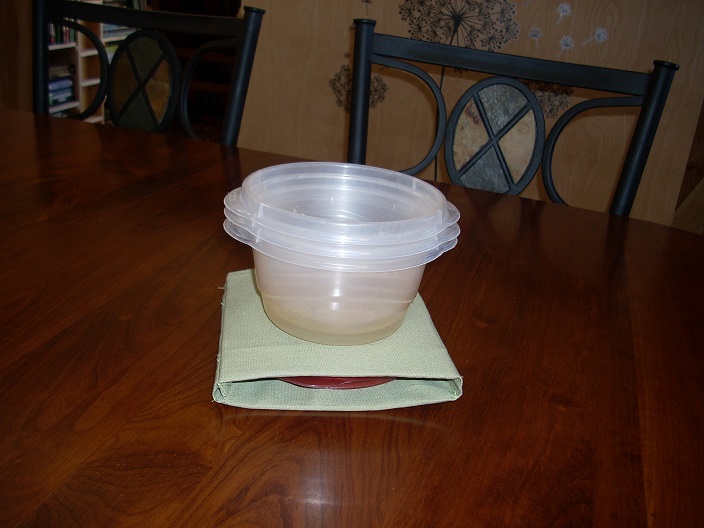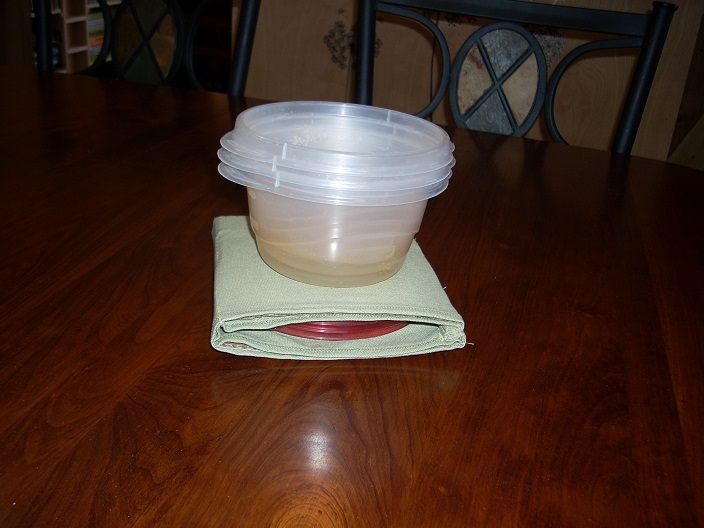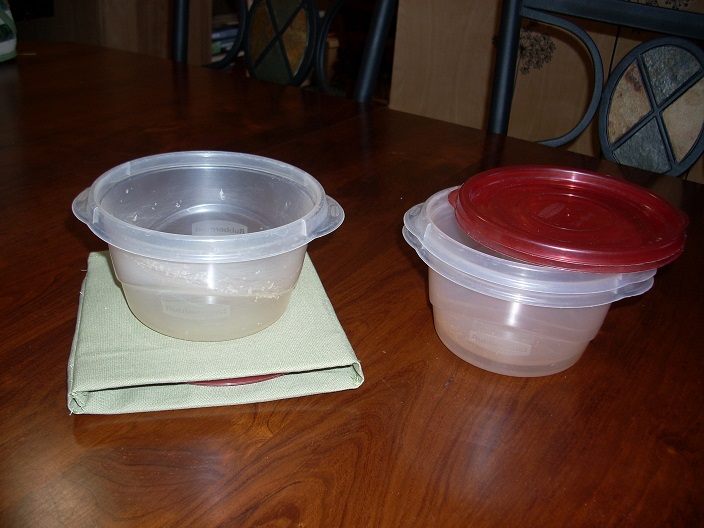


all lids stored
look carefully to see the cardboard pockets
holder collapses to needed size
 |
 |
 |
| from the front: all lids stored |
from the back: look carefully to see the cardboard pockets |
only one lid stored: holder collapses to needed size |